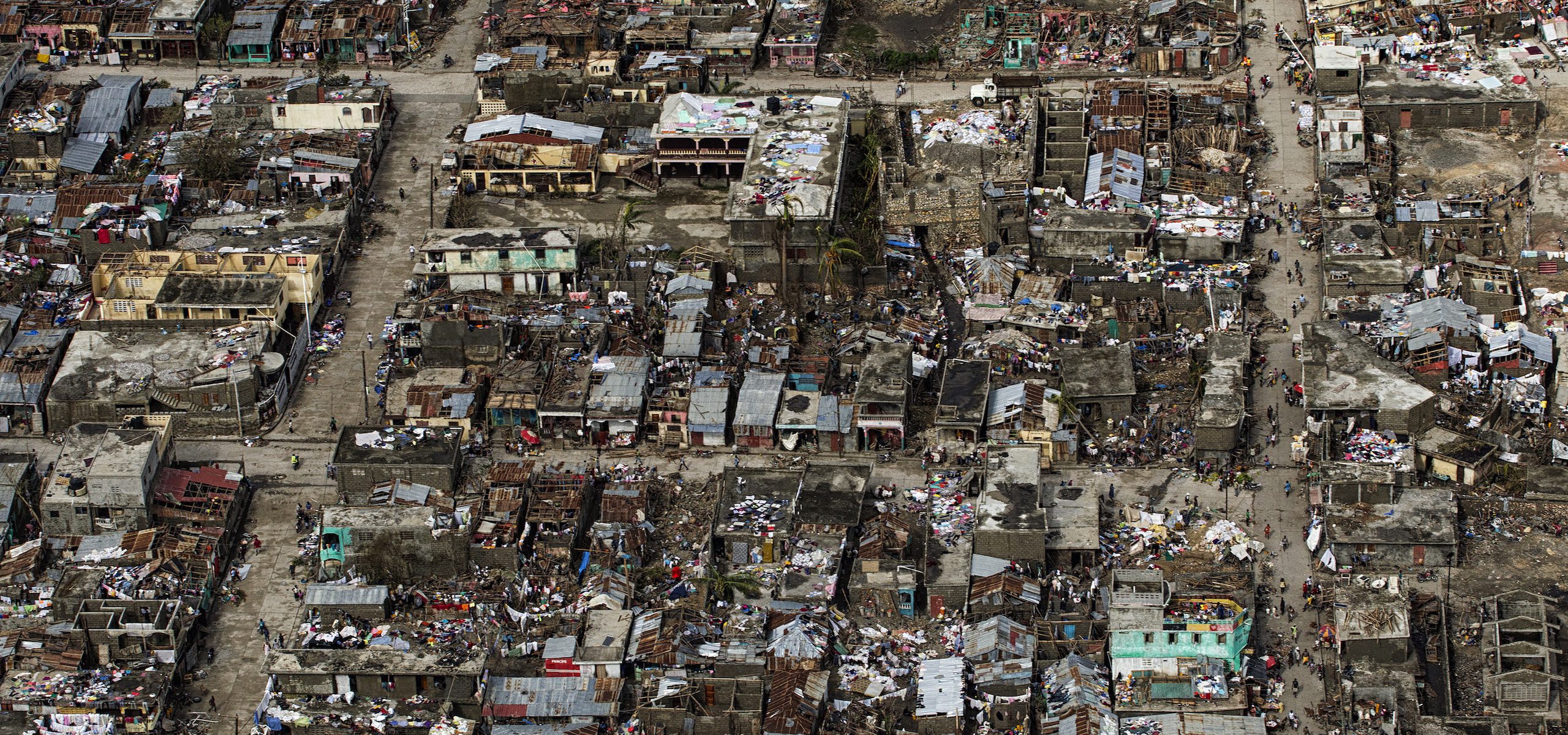Crisis Response and Recovery
Including the environment in Crises Response and Recovery

Including the environment in Crises Response and Recovery
The most relevant steps for integrating environment in Crises Response and Recovery
A situation analysis following a crisis typically looks at key crisis drivers, affected areas, the number and type of affected people, the ways in which people are affected, the most urgent needs and available capacities.
Assessing the environmental consequences of an emergency and prioritizing the response actions based on the needs, forms the foundation of a coherent, efficient and sustainable humanitarian response.
Environment is included into response plans in order to improve programme quality and accountability to disaster-affected people.
Environmental mainstreaming is dependent on successful resource mobilization, where environmental concerns must be integrated in funding proposals in order to secure funding.
Successful integration of environment into the implementation of humanitarian response requires that environment be included into preparedness and planning phases, but also effective coordination with national actors.
Response monitoring is about creating evidence for humanitarian actors about what actions should be taken to address shortcomings and fill gaps in in the response, with the aim of improving accountability towards affected populations, local government, donors and the general public.
Coordination involves bringing actors together. It is a key mechanism for mainstreaming environment in disaster management.
Environmental information and data is important for an efficient humanitarian response and should be shared according to established humanitarian information management practices
Humanitarian response evaluations and lessons learnt should consider the extent to which environment has been addressed
Addressing environment in the recovery process helps restore societal functions in a more sustainable manner